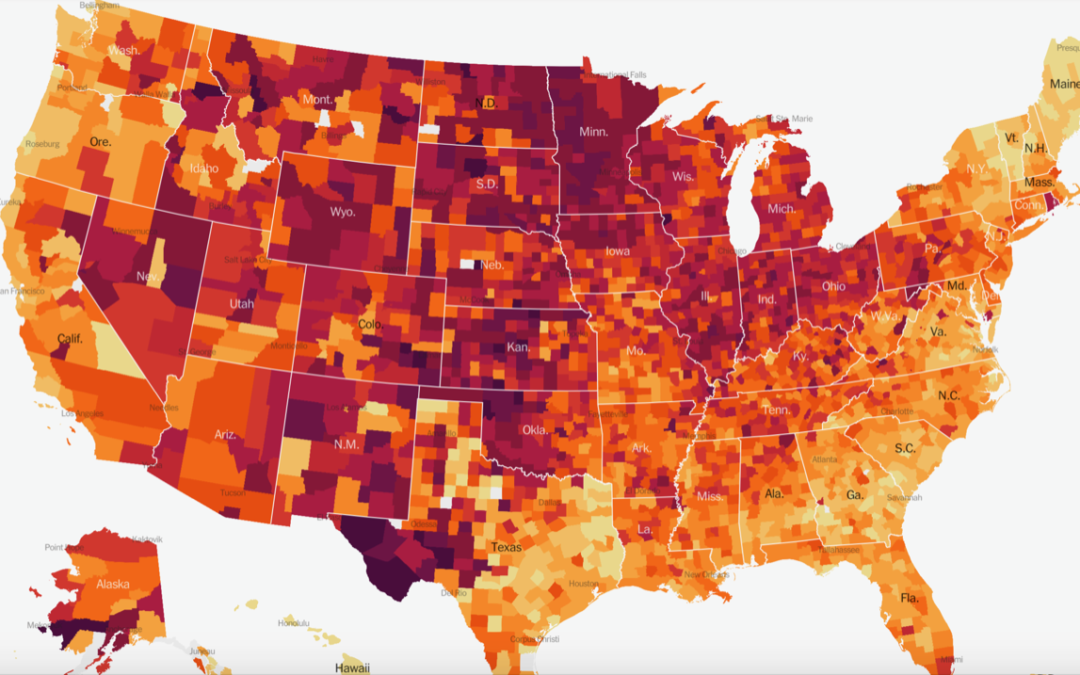As of Nov. 29, Davidson County has 2,900 active cases of COVID-19. This increases the number of cases that Nashville has had since the start of the pandemic to 46,000. Concerns over hospital capacity and the number of cases per 100,000 residents have led the mayor’s office to implement new restrictions, some of which could affect Lipscomb in the upcoming months.
“For the last several of weeks our number of cases have inching up,” says Kim Chaudoin, assistant vice president for public relations and communication at Lipscomb. “We’ve had about three or four weeks where our numbers have really spiked…it’s interesting because it seems like there’s a correlation with as Nashville’s numbers have increased, ours have too.”
Over the past few weeks, Lipscomb’s COVID-19 numbers have steadily climbed from zero cases the week of Nov. 2 to 33 cases in the last set of reported numbers on Oct. 23. This rise in cases and the increasing number of students in quarantine prompted Lipscomb to discourage students from returning after Thanksgiving break.
“I get that [the correlation of Nashville and Lipscomb cases] makes sense because we have a lot of students who live off campus, people go to eat, they go to church and do a lot of activities,” added Chaudoin.
As students go online for the remainder of the semester and most students are now at home, campus cases are sure to decrease. However, the continued national and local increase in cases could signify changes in Lipscomb’s plans for graduation and the upcoming semester.
Chaudoin says “the logical question might be what happens with graduation in December and I think we’re just going to kind of try to see what happens over the next two weeks before trying to make a decision on that. I know we really, really, really want to try to have something for our graduates.”
As national COVID-19 cases have significantly climbed in the last month, talk over the return of a possible national lockdown and stay-at-home orders have gained traction. On Lipscomb’s preparations for this possibility, Chaudoin says “I think what we’ve heard on that it could be when there’s a new president, so that would be the end of January,”
“We should be in pretty good shape to where students might just have to pivot and go virtual for a week or two or a few days. I think, you know, it’s just a little early yet to know.”
Photo Via New York Times COVID-19 chart, darkness of red correlates with cases per 100k residents

